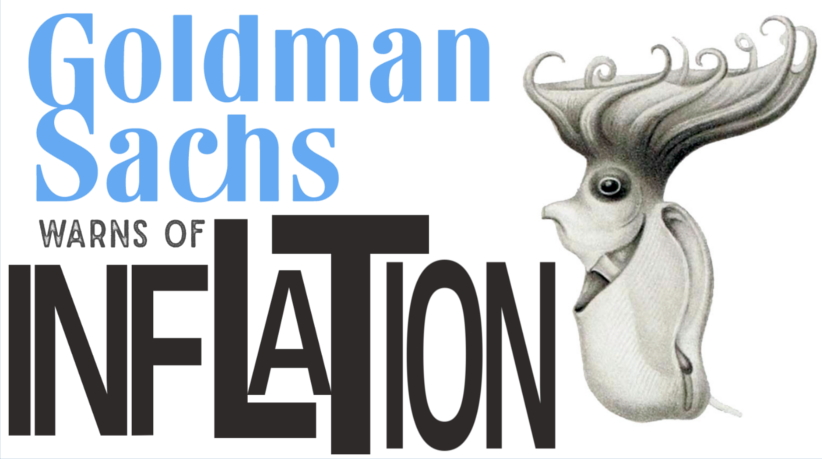The recent turmoil in the carry trade has highlighted a significant divergence in opinions among major financial institutions, with JPMorgan and Goldman Sachs offering conflicting perspectives on the current state of the market.
The carry trade is a financial strategy that involves borrowing in a low-interest-rate currency and investing in a higher-yielding one, profiting from the interest rate differential. This strategy is particularly popular among institutional investors seeking stable returns in a low-yield environment. However, it carries substantial risks, especially in times of market volatility or when central bank policies shift.
JPMorgan’s latest assessment indicates that the unwind of the global carry trade is 75% complete, a significant increase from the 50% estimate just a day earlier. This swift change underscores the volatile nature of the current market environment. According to JPMorgan’s co-head of global FX strategy, Arindam Sandilya, “The carry trade unwind, at least within the speculative investing community, is somewhere between 50%-60% complete.”
However, Goldman Sachs offers a contrasting view. Goldman Sachs’ trader Jerry Shen argues that positioning in the Japanese Yen (JPY) is now net long, implying that the carry trade has largely been unwound. This perspective is supported by Goldman’s Yen positioning and tactical flow of funds indicator, suggesting a significant shift in market sentiment.
Nikkei panic: The Catalyst
The differing views on the carry trade unwinding have been further complicated by a massive market collapse in Japan. On August 5, 2024, Japan’s stock market experienced its worst two-day decline in history. The benchmark Nikkei 225 index plunged as much as 12.4% on Monday, closing at 31,458.42 points. This followed a 5.8% drop on Friday, marking the worst two-day performance ever recorded for the index.
The collapse was triggered by a report indicating that hiring by U.S. employers had slowed more than anticipated, sparking fears of a potential recession in the United States. The Federal Reserve’s prolonged period of high-interest rates has exacerbated these concerns, with Jerome Powell, the Federal Reserve Chair, hinting at possible rate cuts in September. However, disappointing jobs data shifted sentiment, raising doubts about the Fed’s ability to stimulate the economy effectively.
JPMorgan’s strategists, led by Antonin Delair, noted that returns in the global FX carry trade baskets have fallen about 10% since May, erasing all year-to-date gains and cutting into profits accumulated since late 2022. They highlighted the consequences of the recent sell-off for other signals: value strategies appreciated accordingly, FX rates momentum regained much of its losses as currencies re-correlated with rates direction, and growth relative value (RV) held well despite high volatility.
JPMorgan concluded that “the spot component of the global carry basket would suggest that 75% of carry trades have been removed,” emphasizing the scale of the drawdown compared to equities. Despite potential short-term opportunities for repricing, JPMorgan maintains a cautious medium-to-long-term view on FX carry, warning that the strategy currently does not offer an attractive risk-reward profile.
ICYMI: JPM thinks carry trade is 75% unwound (up from its 50% estimate the day before) but Goldman believes positioning in JPY is now net long (source https://t.co/296ngtUH3j) pic.twitter.com/h7ruiiWyR5
— zerohedge (@zerohedge) August 8, 2024
The recent carry trade drawdown has been significant, comparable to major financial crises. JPMorgan’s data shows that the drawdown has exceeded 10%, a level not seen since the post-COVID market corrections and other significant economic events such as the 2015-2016 crash and the EU debt crisis in 2010.
A critical factor in the sell-off has been the unwinding of the yen carry trade. This strategy involves borrowing yen at low-interest rates to invest in higher-yielding assets abroad. With the BOJ raising interest rates and the yen strengthening, the profitability of this trade has diminished, leading investors to sell off their assets and repay their loans, further depressing asset prices.
Michael Farris, an investor, explained this phenomenon on X: “Over the years, trillions of yen have been borrowed and converted to other currencies to buy assets like stocks and bonds. But now Japanese interest rates are rising and the yen is strengthening against the dollar, making this ‘Yen Carry Trade’ much less profitable. So people are selling the assets they bought, converting back to yen, and paying off the loans.”
Global effect
The panic in Japan’s stock market has reverberated across global markets. South Korea’s Kospi index fell 8.77%, Taiwan’s Taiex dropped 8.4%, and Australia’s S&P/ASX 200 fell 3.7%. European markets also opened significantly lower on Monday, with Germany’s DAX down 2.3%, France’s CAC 40 losing 1.9%, and London’s FTSE 100 falling 2.1%.
The technology sector has also been hit hard. Stocks that had previously surged on the hype around artificial intelligence have faced significant corrections. Companies like Amazon and Intel reported mixed earnings, further dampening investor sentiment. Amazon missed earnings expectations for the second quarter and provided disappointing guidance for the third quarter. Intel reported a $1.6 billion loss for the second quarter and announced plans to reduce its workforce by 15%.
Stephen Innes, managing partner of SPI Asset Management, highlighted the widespread anxiety: “The buzz is all about the contagion effect of this aggressive bear onslaught, underscored by fears of a hard landing in the US and a severe meltdown in Tokyo’s markets, which now appear to be self-perpetuating.”
Information for this briefing was found via Zero Hedge and the sources mentioned. The author has no securities or affiliations related to the organizations discussed. Not a recommendation to buy or sell. Always do additional research and consult a professional before purchasing a security. The author holds no licenses.









